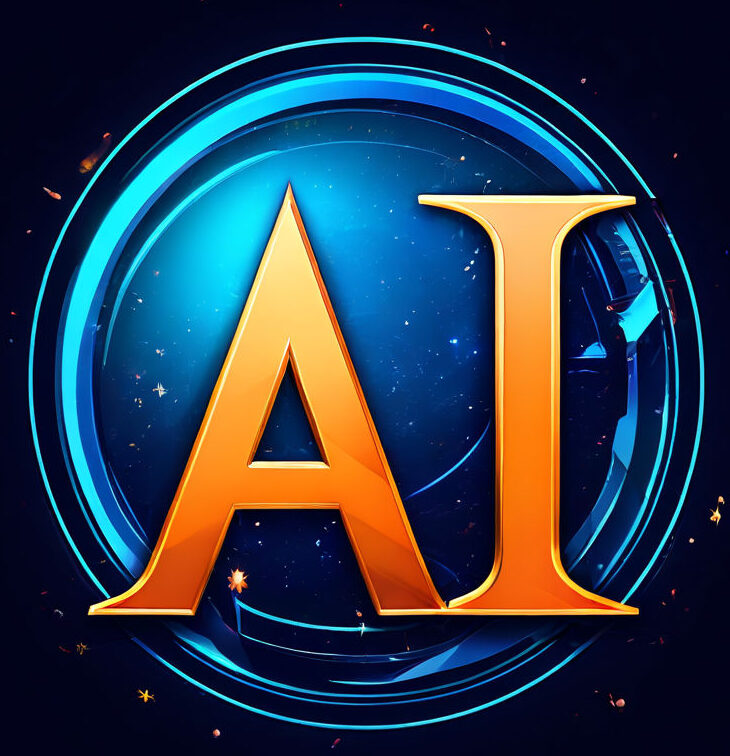Google has released Gemma 2, the latest version of its lightweight language models, in two sizes: 9 billion (9B) and 27 billion (27B) parameters. Gemma 2 offers improved performance and faster processing compared to the earlier Gemma model. Derived from Google’s Gemini models, it is aimed at being easier to use for researchers and developers, focusing primarily on language processing rather than handling multiple modes and languages. In this article, we’ll explore the main features and enhancements of Gemma 2, compare it with previous models and competitors, and discuss its uses and challenges.

Building Gemma 2
These models offer improved speed and performance compared to the original Gemma model. Based on Google’s Gemini models, they are designed specifically for language processing and are easier for researchers and developers to use.
The models use a decoder-only transformer architecture. The 27B model is trained on 13 trillion tokens primarily from English data, the 9B model on 8 trillion tokens, and the 2.6B model on 2 trillion tokens sourced from web documents, code, and scientific articles. They employ the same tokenizer as Gemma 1 and Gemini, ensuring consistent data processing.
These models undergo pre-training using knowledge distillation, learning from a larger pre-trained model. They are then fine-tuned with a combination of synthetic and human-generated English text prompt-response pairs. Finally, reinforcement learning with human feedback (RLHF) is used to further enhance their overall performance.
Enhanced Performance and Efficiency
It not only performs better than Gemma 1 but also competes well with larger models. It runs efficiently on various devices like laptops, desktops, IoT devices, and mobile platforms. It’s particularly optimized for single GPUs and TPUs, making it cost-effective for developers who need high performance without expensive hardware.
It provides improved tuning capabilities across different platforms and tools. Whether using Google Cloud or platforms like Hugging Face, NVIDIA TensorRT-LLM, JAX, and Keras, developers can achieve excellent performance and deploy it efficiently.
Gemma 2 vs. Llama 3 70B
Gemma 2 and Llama 3 70B are both standout open-source language models. Google claims that Gemma 2 27B performs similarly to Llama 3 70B despite being smaller.
Gemma 2 has a clear advantage over Llama 3 when it comes to handling Indic languages. Its tokenizer is made for these languages, with a big vocabulary of 256,000 tokens to capture their unique details effectively. In contrast, Llama 3 faces challenges with Indic scripts due to its smaller vocabulary and less comprehensive training data. This makes Gemma 2 a preferred option for developers and researchers working with Indic languages.
Use Cases
Gemma 2 is suitable for various practical applications:
- Multilingual Assistants: Its tokenizer supports various languages, especially Indic languages, making it useful for developing assistants that can understand and interact in multiple languages.
- Educational Tools: Its ability to solve math problems and understand complex language queries makes it suitable for creating smart tutoring systems and educational apps.
- Coding and Code Assistance: It shows proficiency in coding tasks, suggesting potential for generating code, detecting bugs, and automating code reviews.
- Retrieval Augmented Generation (RAG): Its strong performance on text-based inference benchmarks makes it suitable for developing systems that combine retrieval and generation in different fields.
Limitations and Challenges
Despite its advancements, Gemma 2 has some limitations:
- It isn’t trained well for handling multiple languages and needs adjustments for languages other than English.
- It has difficulty with tasks that are open-ended or complex and understanding subtle language differences.
- Its accuracy in presenting facts isn’t always dependable, and it may struggle with common sense reasoning in some situations.
- There are measures in place to prevent the generation of unethical content, but there’s still a risk of misuse.
- It only processes text and doesn’t handle data that includes both text and images or other forms of media.
Conclusion
Gemma 2 introduces significant improvements in open-source language models, enhancing performance and inference speed. It’s well-suited for various hardware setups, making it accessible without heavy hardware investments. However, developers should be aware of its limitations in handling nuanced language tasks and ensuring accuracy in complex scenarios. Despite these challenges, Gemma 2 remains a valuable option for developers seeking reliable language processing solutions.
